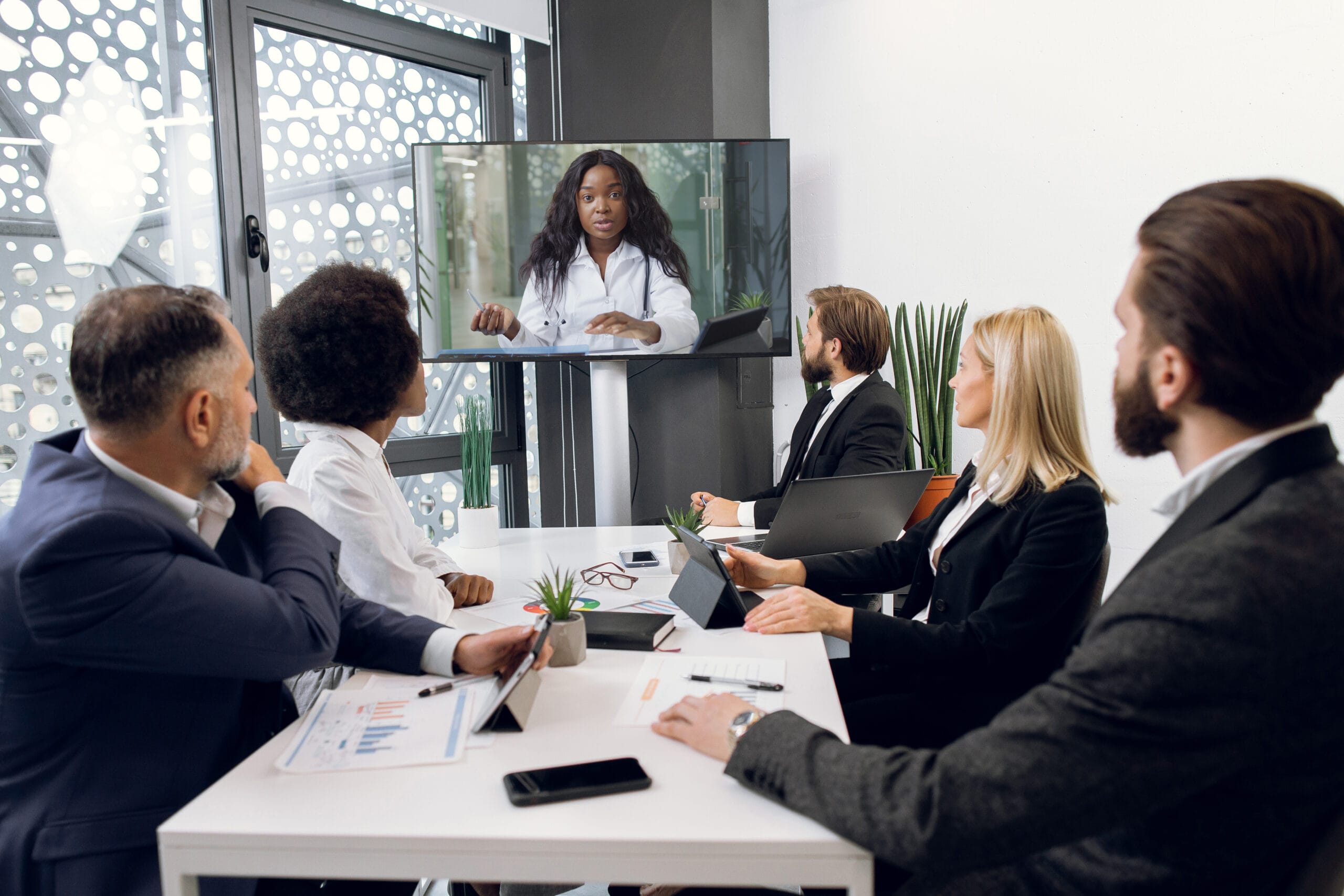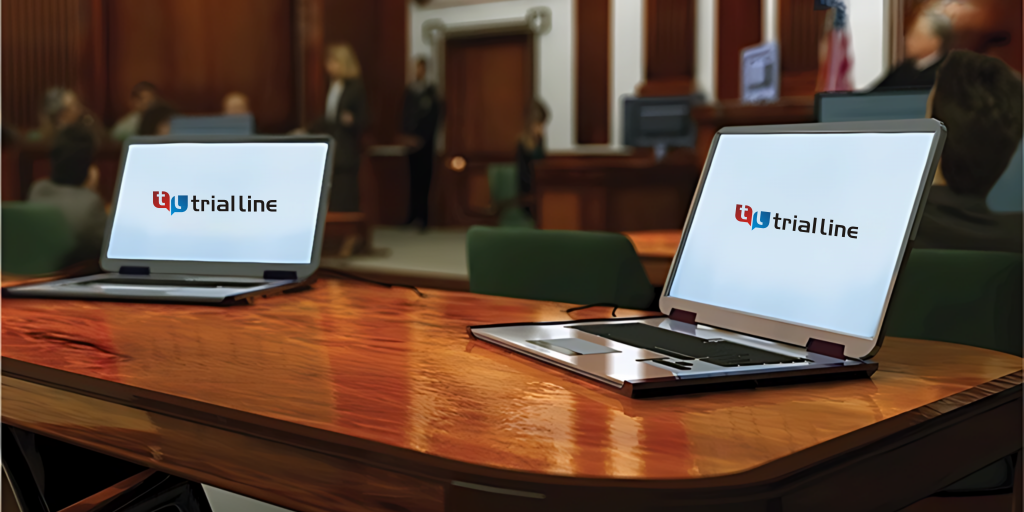Persuasive arguments require well-crafted trial presentations that make legal arguments compelling.
Persuasive arguments require well-crafted trial presentations that make legal arguments compelling.
Blog Article
How Trial Presentations Enhance Your Argument and Persuade Jurors
Trial discussions work as a crucial device for improving lawful arguments and persuading jurors. By integrating aesthetic aids, narrative structures, and emotional involvement, lawyers can produce a compelling case that reverberates on several levels. The tactical use of visuals not only clarifies complex details however likewise captures jurors' focus extra successfully than words alone. Nevertheless, the art of storytelling plays a just as important duty in changing accurate proof right into a compelling story, shaping jurors' perceptions - trial presentations. Comprehending these elements can dramatically affect test results, raising the concern of just how each part adds to this complex dynamic.

Importance of Aesthetic Aids
Visual help play a vital role in boosting the efficiency of trial discussions, as they can considerably increase target market involvement and retention of info. In the context of a trial, where jurors are charged with processing complicated information, aesthetic aids offer to simplify and clear up essential factors. Charts, charts, and pictures can convey information and concepts that may or else overwhelm or perplex jurors, enabling an extra straightforward understanding of the proof presented.
Additionally, visual aids aid in preserving juror focus throughout the proceedings. By damaging the monotony of verbal testament, these tools can punctuate essential disagreements, making them extra memorable. Efficient visual help can also evoke psychological responses, which can be critical in encouraging jurors to align with the presenter's narrative.

Crafting Compelling Stories
An engaging narrative is necessary in trial presentations, as it functions as the foundation of effective persuasion. It enables lawyers to weave together facts, proof, and psychological components into a meaningful tale that reverberates with jurors. This narrative structure allows jurors to comprehend the intricacies of the instance while directing them with the lawyer's debate.
To craft an engaging story, lawyers must concentrate on clearness and comprehensibility. Furthermore, the usage of vibrant summaries can produce psychological images that aid jurors visualize the occasions, making the narrative extra memorable.
Moreover, incorporating key themes throughout the discussion enhances the core message and help in retention - trial presentations. The narrative should not just share info but likewise stimulate a feeling of justice, highlighting the risks included. Inevitably, a sound narrative fosters a link between the jurors and the case, placing the lawyer's debate as both credible and engaging, consequently enhancing the likelihood of a desirable decision

Involving the Jury Mentally
Effective court engagement hinges on the lawyer's capacity to connect with jurors on a psychological degree. This connection can considerably influence jurors' understandings and their ultimate decision-making.
Visual help, such as pictures or directory video clips, can even more improve psychological involvement, providing jurors with brilliant depictions of the instance's human aspects. Crafting a story that highlights the struggles and victories of the people entailed makes certain that jurors see beyond the lawful arguments and recognize the human repercussions of their decisions.
An attorney's enthusiastic delivery can resonate with jurors, enhancing their psychological investment in the case. It's essential to stabilize psychological charms with factual evidence, making certain that jurors really feel urged to act while continuing to be based in the reality.
Structuring Your Discussion

The body of the presentation need to be rationally segmented right into essential points, each sustained by compelling proof. It is useful to use narration techniques to weave realities into a story that jurors can conveniently comply with. Aesthetic aids, such as graphes and videos, can boost comprehension and involvement, assisting to highlight critical items of proof.
Real-World Situation Researches
Examining real-world case research studies provides indispensable understandings right into the art of test discussions and persuasion. The defense team efficiently utilized a method that incorporated high-profile expert testimonies with multimedia presentations, which mesmerized jurors and eventually influenced their choice.
Another notable example is the "McDonald's Coffee Case," where the plaintiff's attorneys utilized graphic images of the injuries suffered by Stella Liebeck. trial presentations. This stark visual evidence played an essential function in communicating the seriousness of her burns, resulting in a substantial court honor. Such situations demonstrate that impactful trial presentations frequently depend upon the effective assimilation of visuals and narration to stimulate emotional reactions from jurors
Additionally, the "Casey Anthony Trial" highlighted the importance of narrative comprehensibility and credibility. The prosecution's failure to develop an engaging timeline reduced their convincing power, underscoring the necessity of a well-structured discussion. Examining these situations reveals that effective test presentations require critical preparation, emotional involvement, and the capacity to reverberate with jurors' values and beliefs.
Verdict
Test presentations substantially enhance disagreements and encourage jurors through the critical use of aesthetic help, compelling stories, and emotional interaction. A well-structured discussion balances psychological allures with factual proof, inevitably resonating with jurors' values.
Report this page